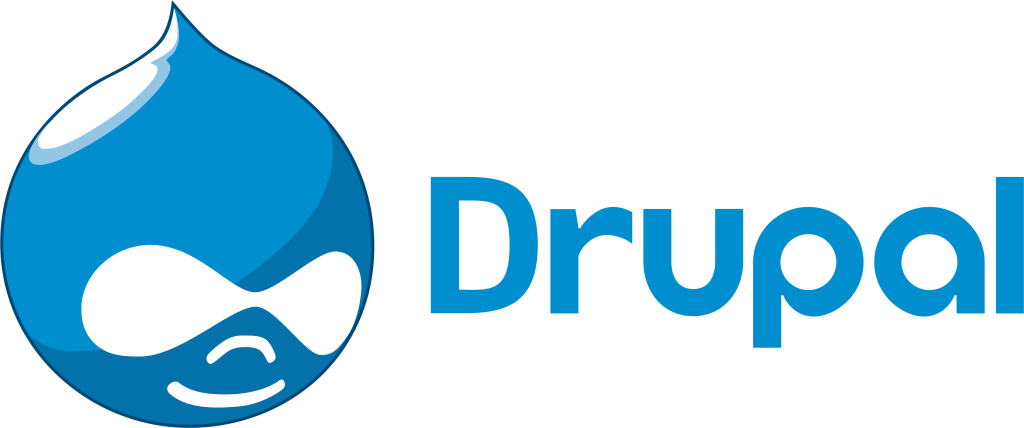Today Drupal 7 Final was officially released into the wild.

Drupal is a content management system (CMS). This basically means that it can be used to get a functional website up and running with a minimal amount of hassle. Not only this, but it handles most of the basic administrative functions you would need to perform on a website all from an accessible administration interface. Drupal is written in PHP, and is open source — this essentially means that we are free to use it and free to modify it.
The most notable updates found in Drupal 7 are:
- a simplified install process
- a more streamlined administration interface
- more useful and succinct help
- a more robust module-based structure
If you haven’t tried Drupal yet, now is a great time to give it a try. Hundreds of well-known websites currently use Drupal as a CMS, and for good reason. The new administration interface is simply beautiful, and with installation profiles you can now choose from a ton of different prefab profiles with the most useful modules for your particular type of website. Here is a direct link to the Drupal 7 download page. You’ll need a web server running Apache and MySQL, which is relatively simple to set up on a spare Linux server (or VM). Official instructions for how to install Drupal can be found on the Drupal website. Based on my experience, Drupal is the most full featured, stable, and extensible content management system available today. It takes a little bit of time to learn the fundamentals of Drupal, but this represents time well spent.
Leave a Reply